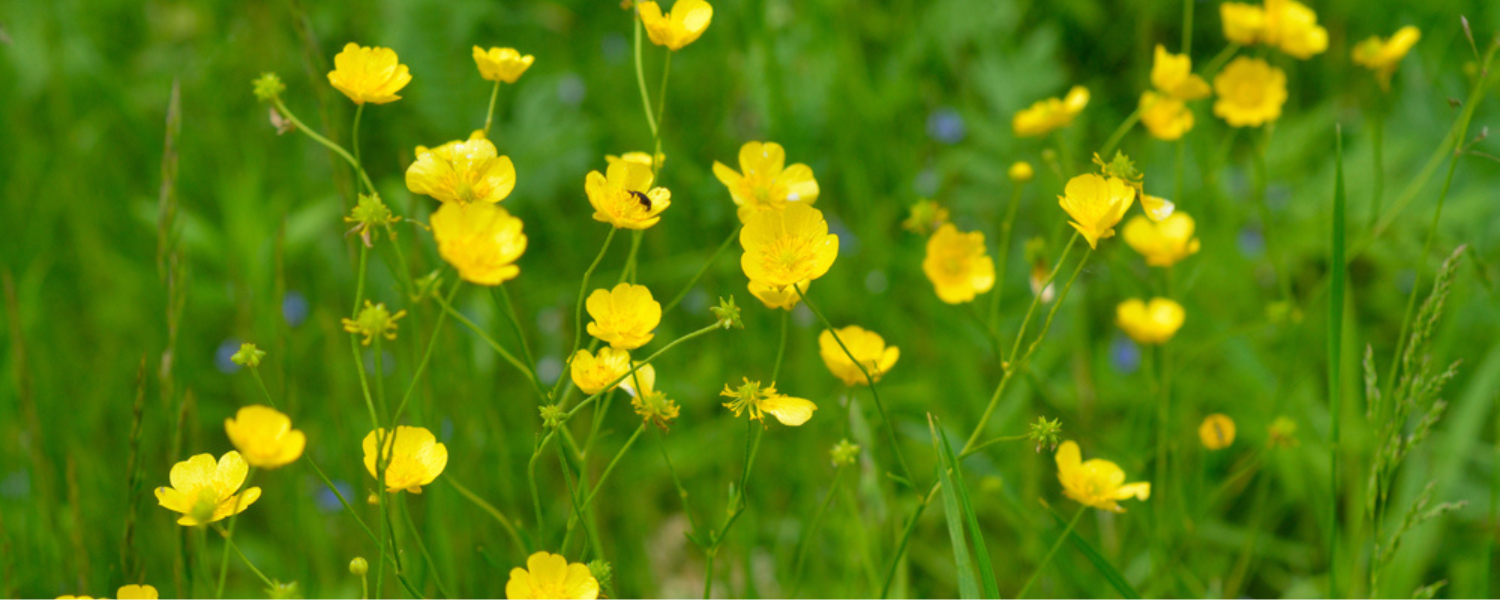The Buttercup Flower: A Symbol of Beauty and Resilience
The buttercup flower, with its cheerful yellow petals and delicate form, has captivated hearts and minds for centuries. This unassuming wildflower, often found in meadows, fields, and along riverbanks, is a testament to nature’s beauty and resilience. In this comprehensive article, we will delve into the various aspects of the buttercup flower, from its botanical characteristics to its cultural significance.

The buttercup flower, scientifically known as Ranunculus, belongs to the Ranunculaceae family. It is a perennial herb that typically grows to a height of 12 to 24 inches. The leaves are usually lobed or divided, and the flowers are solitary or arranged in clusters. The petals of the buttercup are often bright yellow, but they can also be white or even red in some species.
There are numerous species of buttercups, each with its own unique characteristics. Some of the most common types include:
Bulbous buttercup (Ranunculus bulbosus): This species is characterized by its bulbous base and hairy stems. The flowers are typically yellow and have a shiny cup-like shape.

Buttercups are found in a wide range of habitats, including meadows, fields, woodlands, and along riverbanks. They are native to Europe, Asia, and North Africa, but they have been introduced to many other parts of the world. Buttercups are particularly common in temperate regions with moist, well-drained soils.
The buttercup flower has long been associated with various cultural traditions and beliefs. In some cultures, the buttercup is considered a symbol of childhood innocence and joy. It is also believed to have healing properties, and it has been used in traditional medicine to treat various ailments.

It is important to note that all parts of the buttercup plant are toxic to humans and animals. The plant contains a substance called ranunculin, which is converted into protoanemonin when the plant is damaged. Protoanemonin is a skin irritant and can cause severe gastrointestinal distress if ingested.
Buttercups can be a beautiful addition to any garden. They are relatively easy to grow and require minimal maintenance. Buttercups prefer moist, well-drained soils and full sun to partial shade. They can be propagated from seeds or by dividing established plants.
The buttercup flower is a versatile and captivating plant that has captured the hearts of people around the world. Its cheerful yellow petals, delicate form, and cultural significance make it a beloved symbol of nature’s beauty and resilience. Whether you are a gardener, a nature lover, or simply someone who appreciates the beauty of the natural world, the buttercup flower is sure to delight and inspire.

:strip_icc()/Star-Jasmine-Bb09HQPpasXBPjzYMW55cV-cae2b5707aa74a3ba328959ad0357284.jpg?w=200&resize=200,112&ssl=1)




